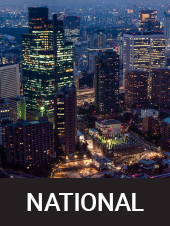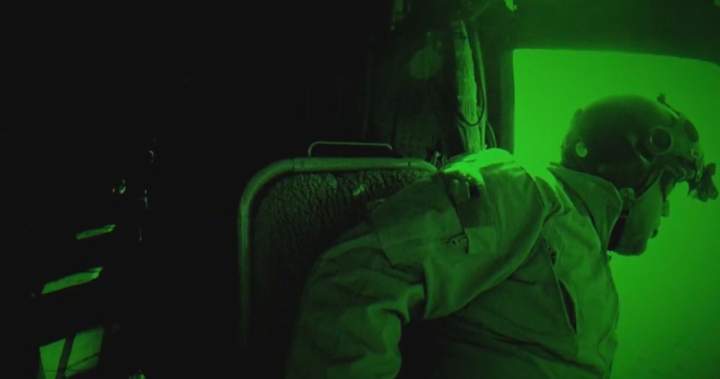The Drought Hill wildfire in Peachland, B.C., this summer was one of the more significant wildfires in the Okanagan.
While hundreds of people were forced out of their homes as a result, no structures were lost in that fire or any other across the Okanagan despite frequent fire starts.
“We had a number of very close calls,” said West Kelowna Fire Chief Jason Brolund.
According to the province’s wildfire season summary, 2025 was less destructive than the previous two years.
In the Kamloops Fire Centre, which includes the Okanagan, 90 per cent of the wildfires were suppressed at five hectares or less.
“We saw excellent cooperation with the province and the B.C. Wildfire Service,” Brolund said. “Lots of resources jumping on fires fast, you know, coming from fire departments up and down the valley, working together and keeping fires relatively small this year.”
While the season’s more favourable weather was key, the B.C. Wildfire Service attributes the reduced destruction to the increased use of night-flying firefighting helicopters equipped with night vision capabilities.
Last year, two helicopters helped fight wildfires at night, according to the B.C. Wildfire Service, working in tandem doing detection, reconnaissance, tanking and supporting ground crews.

Get breaking National news
For news impacting Canada and around the world, sign up for breaking news alerts delivered directly to you when they happen.
In 2025, the province doubled the size of the fleet to four helicopters and trained more night vision imaging systems (NVIS) flight officers to safely support night operations and expanded their terms to ensure coverage.
It’s an enhanced measure Brolund said was welcomed.
“This year for the first time on a regular basis, the B.C. Wildfire Service flew their helicopter from Penticton at night,” Brolund said.
“It had measurable, made a measurable difference to being able to, you know, keep fires at bay in the dark, like what a tremendous improvement and a win.”
It’s a tool that Brolund said would have been very valuable during a destructive season two years ago when more than 200 homes were destroyed.
“During the McDougall Creek wildfire in 2023, we desperately hoped and thought if only helicopters could fly at night,” Brolund told Global News.
In the 2025 wildfire summary, the province also credited advancements in artificial intelligence (AI) technology.
It allowed wildfire smoke to be detected sooner for an earlier response.
It also helped predict fire behaviour, which, according to the B.C. Wildfire Service, freed up aircraft to actually fight fires instead of being deployed to assess them.
“These decision support tools help us to analyze vast amounts of data to make evidence-based decisions across prevention, preparedness, response and recovery,” the summary stated.
The B.C. government’s estimated wildfire suppression cost for 2025 is $510 million compared to $1.1 billion in 2023.
The total hectares burned in 2025 was 886,300 compared to 1,081,159 hectares in 2024 and 2,896,204 in 2023.
But this year’s hectares burned is still well above the 10-year average of around 407,000 hectares.
Read the full article here


